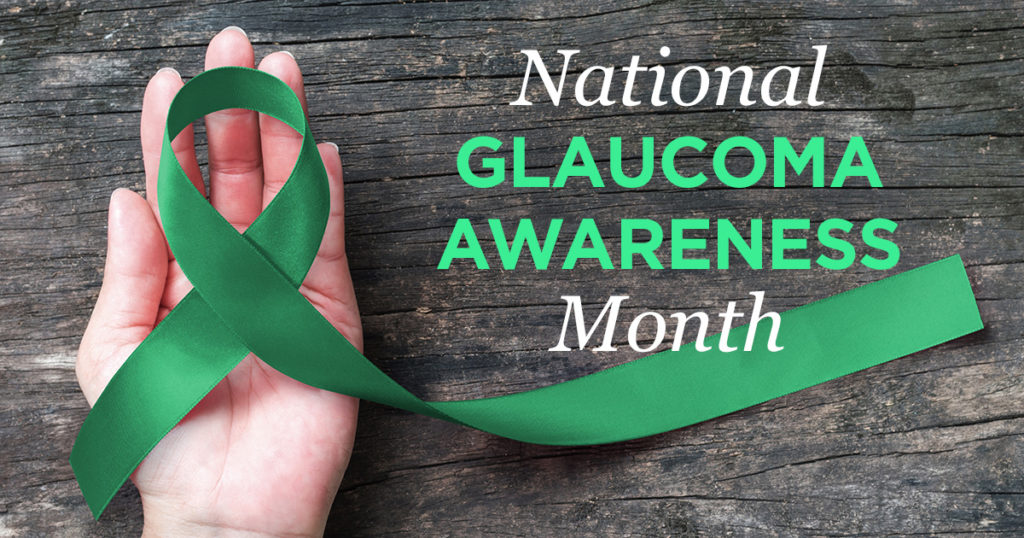Glaucoma is a group of eye diseases. Usually targeting the elderly, it can also affect young adults and even babies. Loss of vision occurs because there is damage to the optic nerve. It is a disease that often goes undetected for some time because the loss of vision is so gradual it may not even be identified at first.
Although glaucoma is a year-round ailment, January is National Glaucoma Awareness Month. It is a time to educate the public about this very serious vision ailment. Estimates put the number of Americans who suffer from glaucoma at 3 million in 2019. Unfortunately, this number is expected to rise by nearly 60%, or 4.2 million citizens, by the year 2030. Meanwhile, there are estimates of 60 million people suffering from glaucoma around the world – which leads experts to believe we may be on the verge of a blindness epidemic.
Glaucoma has been identified as one of the leading causes of irreversible blindness nationally and internationally. The most troubling aspect of glaucoma may be that a person may lose as much as 40% of their vision before they become aware of the problem. There is no cure for glaucoma but there are interventions that will help to slow or prevent additional vision loss. According to researchers, the ‘best defense is a good offense’. In other words, regular eye exams will help to reveal the onset or progression of glaucoma and allow eyecare professionals to step in with appropriate treatments.
Glaucoma may tend to ‘run in families’. In other words, if a sibling or family member has glaucoma there is an increased chance of you contracting the disease as well. There are several other factors that may put an individual at greater risk of contracting glaucoma. For instance, age can be a contributor to glaucoma. As you age the blood flow to your optic nerve will naturally lessen putting you at greater risk for glaucoma. Health problems such as diabetes, heart issues, high blood pressure and extreme nearsightedness can exacerbate glaucoma. There is also evidence that African Americans and Hispanics show a greater tendency to end up with this eye disease. Understanding the risk factors can help you in the decision-making about how often to see an optometrist.
To learn more about glaucoma contact the professionals at Island Eyecare.


